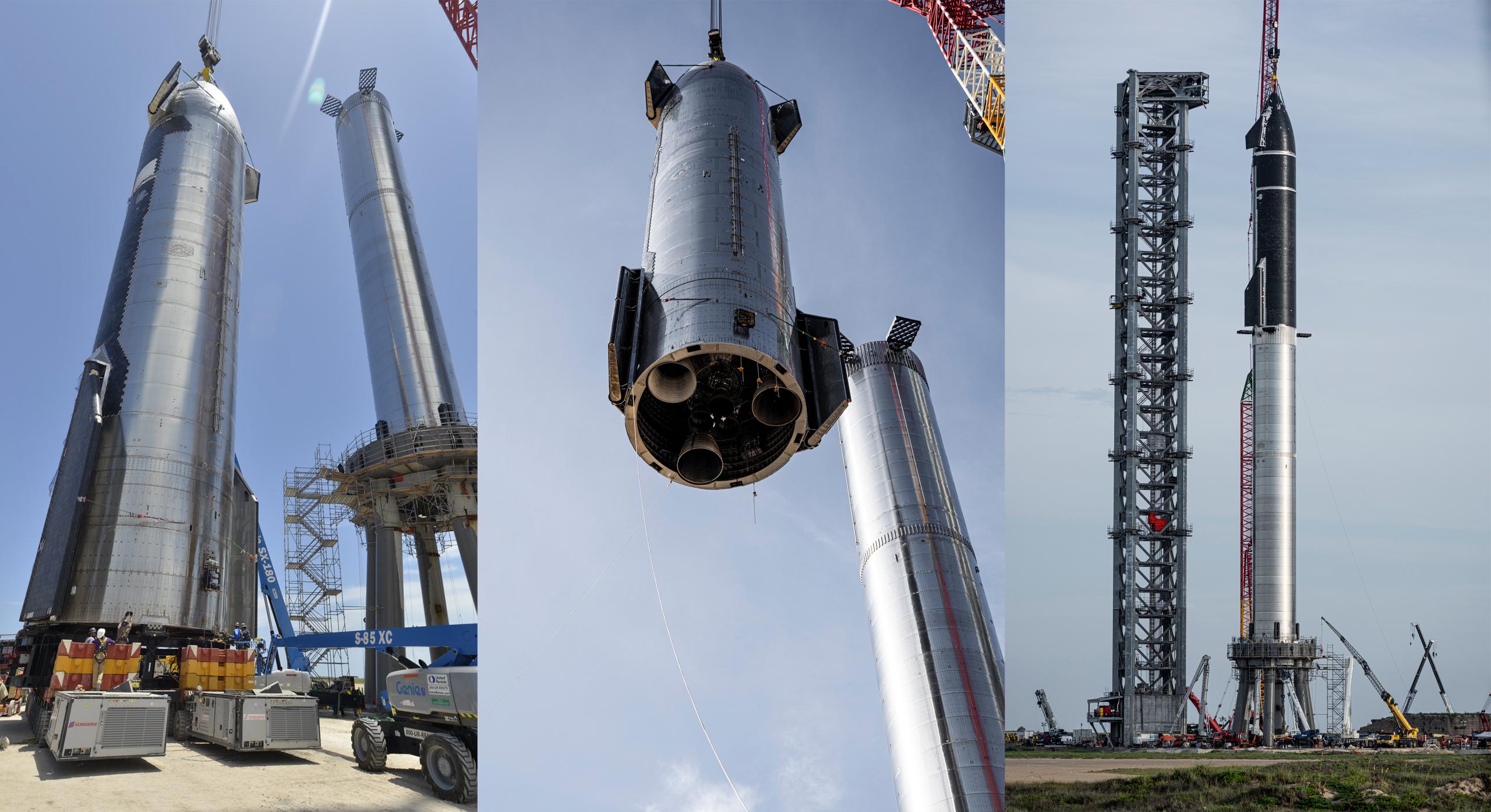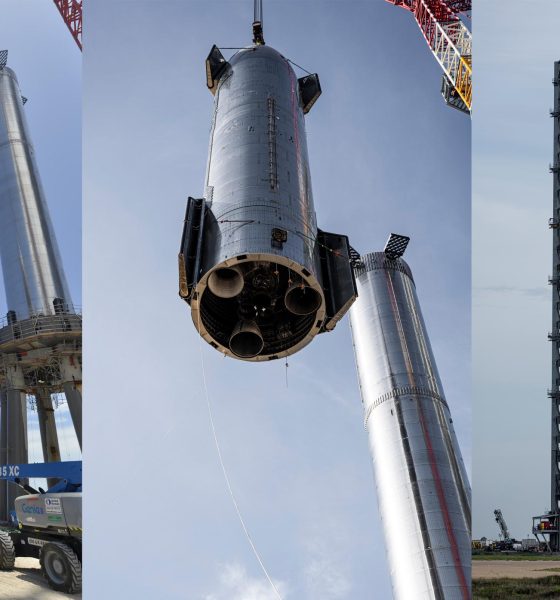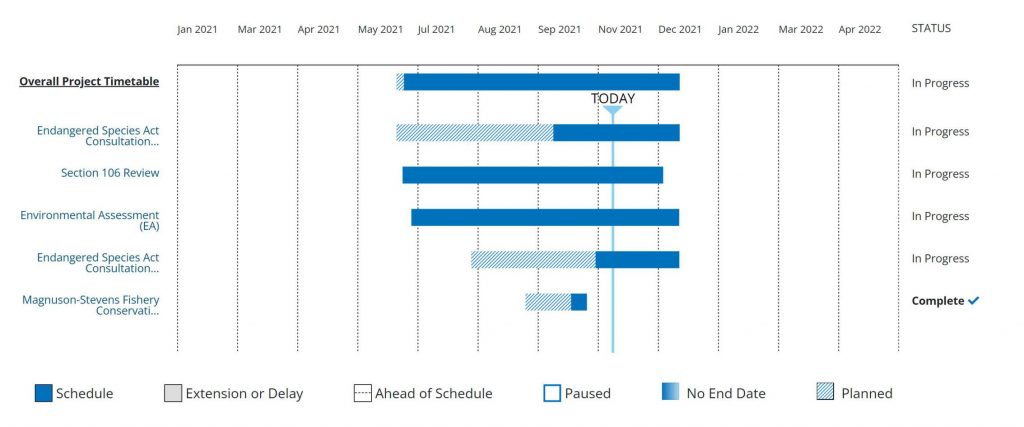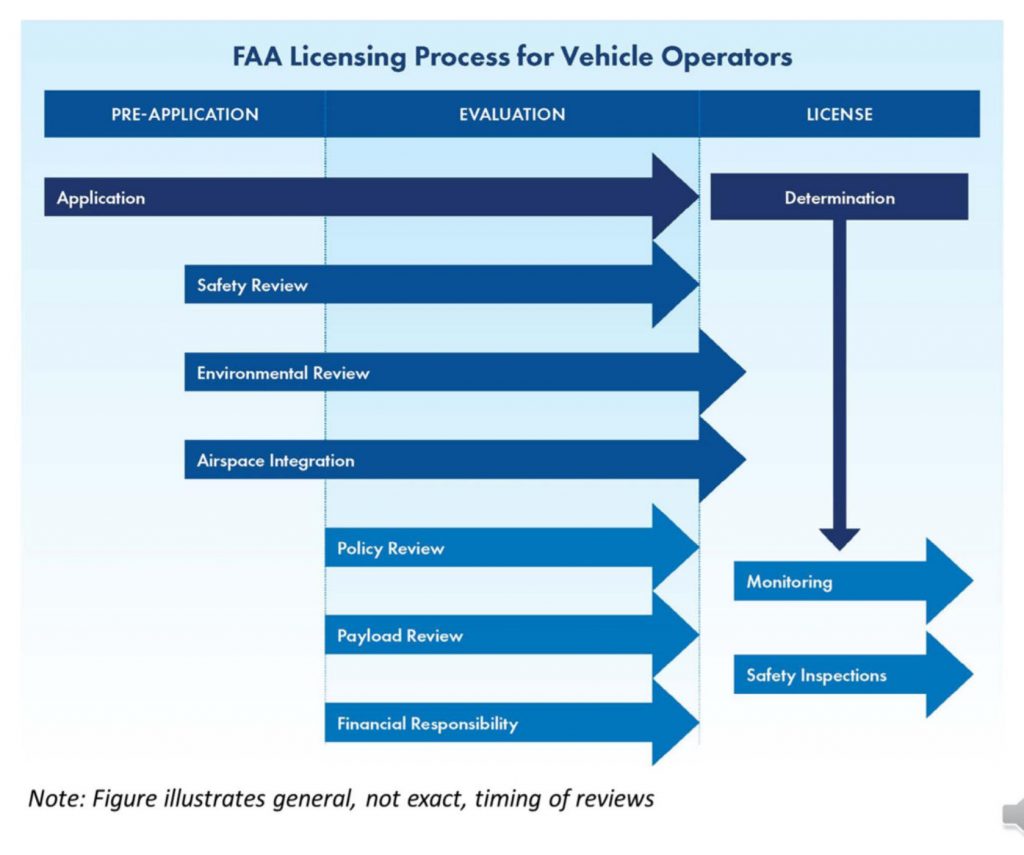

News
SpaceX orbital Starship launch debut officially slips to 2022 – but it’s not all bad news
US government documentation suggests that the Federal Aviation Administration (FAA) aims to complete an environmental review of SpaceX’s orbital Starship launch site no earlier than December 31st, 2021, precluding an orbital launch attempt this year.
In light of the FAA taking until September 2021 to publish the draft of that environmental assessment (EA), a major delay has been the expected outcome for months. The latest development finally makes that delay official, confirming that even in the new best-case scenario, SpaceX will be unable to conduct Starship’s first orbital launch before January 1st, 2022. But while that unfortunate confirmation comes as little surprise, it’s not all bad news.
It’s unclear how accurate the Federal Infrastructure Projects’ “Permitting Dashboard” actually is but the information displayed on the website is specific and detailed enough for it to be deemed trustworthy. If correct, it states that the FAA aims to complete SpaceX’s orbital Starship EA by December 31st. To an extent, that internal estimate relies on the optimistic assumption that the FAA will rule in SpaceX’s favor on the matter and issue either a finding of no significant impact (FONSI).

Of course, there’s a chance that the portal’s claim that the FAA will file Starship’s final orbital EA and conclude the EA process on the same day actually implies that the FAA has already ruled out the worst-case scenario (a no action alternative finding), which would be excellent news for SpaceX. In an optimal scenario, the 12/31/21 target means that the FAA could issue a FONSI or mitigated FONSI before the end of 2021. However, even if that’s the case, a highly favorable environmental review is just one part of the process of securing an orbital Starship launch license, which will be the next gating factor for the SpaceX rocket’s full-up launch debut.
Update: In an official email, the FAA says that the final EA it intends to release by December 31st “will include a Finding of No Significant Impact or decision to initiate an Environmental Impact Statement.” It’s unclear if that FONSI includes the possibility of a mitigated FONSI, which would be the optimal compromise scenario. If the FAA pursues an EIS, it would effectively restart the environmental review process from scratch, potentially delaying orbital Starship launches by a year or more.
There is very little public insight into what that launch licensing process involves or how long it usually takes but it’s safe to say that it could take months for the FAA to move from issuing a favorable EA to approving even the most limited possible orbital Starship launch license (a permit for a single flight). Still, there is some reason for optimism. If the FAA actually publishes a final – and favorable – environmental assessment by the end of 2021, less than four months after issuing the first draft EA for orbital Starship launches, it would be an exceptionally quick turnaround for such a large project and review.

Now that SpaceX has completed the first successful six-engine Starship static fire, the company could potentially be technically ready for the first orbital Starship launch as soon as the ship’s Super Heavy booster completes similar testing. That test campaign is even more ambitious than Starship’s and will eventually culminate in the first one or several 29-engine booster static fires, making Super Heavy the most powerful rocket stage ever tested. Plenty of uncertainty remains about the timeline for Super Heavy Booster 4 (B4) testing, though.
With a quick burst of progress, both Super Heavy B4 and Starbase’s orbital launch site could feasibly be ready to support testing before the end of November. Before true Super Heavy testing can began, SpaceX will need to close out one or both of the orbital pad’s liquid methane (LCH4) tanks, fill them with several hundred to several thousand tons of LCH4, button up Booster 4’s aft section with six steel ‘aerocovers’, finish reinstalling 29 Raptors, and complete the heat shield that will protect most of those engines during ground testing and in flight. Normally, that would likely be a few-day or few-week process for SpaceX but the company’s unusually slow pace of work as of late could turn it into a several-month ordeal.
With any luck, SpaceX has simply prioritized work on Starbase’s orbital launch site over the last few months and will refocus on preparing Super Heavy B4 and Starship S20 for flight as the FAA’s environmental review and launch licensing processes finally near their end.

News
Tesla hosts Rome Mayor for first Italian FSD Supervised road demo
The event marked the first time an Italian mayor tested the advanced driver-assistance system in person in Rome’s urban streets.

Tesla definitely seems to be actively engaging European officials on FSD’s capabilities, with the company hosting Rome Mayor Roberto Gualtieri and Mobility Assessor Eugenio Patanè for a hands-on road demonstration.
The event marked the first time an Italian mayor tested the advanced driver-assistance system in person in Rome’s urban streets. This comes amid Tesla’s push for FSD’s EU regulatory approvals in the coming year.
Rome officials experience FSD Supervised
Tesla conducted the demo using a Model 3 equipped with Full Self-Driving (Supervised), tackling typical Roman traffic including complex intersections, roundabouts, pedestrian crossings and mixed users like cars, bikes and scooters.
The system showcased AI-based assisted driving, prioritizing safety while maintaining flow. FSD also handled overtakes and lane decisions, though with constant driver supervision.
Investor Andrea Stroppa detailed the event on X, noting the system’s potential to reduce severe collision risks by up to seven times compared to traditional driving, based on Tesla’s data from billions of global fleet miles. The session highlighted FSD’s role as an assistance tool in its Supervised form, not a replacement, with the driver fully responsible at all times.
Path to European rollout
Tesla has logged over 1 million kilometers of testing across 17 European countries, including Italy, to refine FSD for local conditions. The fact that Rome officials personally tested FSD Supervised bodes well for the program’s approval, as it suggests that key individuals are closely watching Tesla’s efforts and innovations.
Assessor Patanè also highlighted the administration’s interest in technologies that boost road safety and urban travel quality, viewing them as aids for both private and public transport while respecting rules.
Replies on X urged involving Italy’s Transport Ministry to speed approvals, with one user noting, “Great idea to involve the mayor! It would be necessary to involve components of the Ministry of Transport and the government as soon as possible: it’s they who can accelerate the approval of FSD in Italy.”
News
Tesla FSD (Supervised) blows away French journalist after test ride
Cadot described FSD as “mind-blowing,” both for the safety of the vehicle’s driving and the “humanity” of its driving behaviors.

Tesla’s Full Self-Driving (Supervised) seems to be making waves in Europe, with French tech journalist Julien Cadot recently sharing a positive first-hand experience from a supervised test drive in France.
Cadot, who tested the system for Numerama after eight years of anticipation since early Autopilot trials, described FSD as “mind-blowing,” both for the safety of the vehicle’s driving and the “humanity” of its driving behaviors.
Julien Cadot’s FSD test in France
Cadot announced his upcoming test on X, writing in French: “I’m going to test Tesla’s FSD for Numerama in France. 8 years I’ve been waiting to relive the sensations of our very first contact with the unbridled Autopilot of the 2016s.” He followed up shortly after with an initial reaction, writing: “I don’t want to spoil too much because as media we were allowed to film everything and I have a huge video coming… But: it’s mind-blowing! Both for safety and for the ‘humanity’ of the choices.”
His later posts detailed FSD’s specific maneuvers that he found particularly compelling. These include the vehicle safely overtaking a delivery truck by inches, something Cadot said he personally would avoid to protect his rims, but FSD handled flawlessly. He also praised FSD’s cyclist overtakes, as the system always maintained the required 1.5-meter distance by encroaching on the opposite lane when clear. Ultimately, Cadot noted FSD’s decision-making prioritized safety and advancement, which is pretty remarkable.
FSD’s ‘human’ edge over Autopilot
When asked if FSD felt light-years ahead of standard Autopilot, Cadot replied: “It’s incomparable, it’s not the same language.” He elaborated on scenarios like bypassing a parked delivery truck across a solid white line, where FSD assessed safety and proceeded just as a human driver might, rather than halting indefinitely. This “humanity” impressed Cadot the most, as it allowed FSD to fluidly navigate real-world chaos like urban Paris traffic.
Tesla is currently hard at work pushing for the rollout of FSD to several European countries. Recent reports have revealed that Tesla has received approval to operate 19 FSD test vehicles on Spain’s roads, though this number could increase as the program develops. As per the Dirección General de Tráfico (DGT), Tesla would be able to operate its FSD fleet on any national route across Spain. Recent job openings also hint at Tesla starting FSD tests in Austria. Apart from this, the company is also holding FSD demonstrations in Germany, France, and Italy.
Elon Musk
Tesla Optimus shows off its newest capability as progress accelerates

Tesla Optimus showed off its newest capability as progress on the project continues to accelerate toward an ultimate goal of mass production in the coming years.
Tesla is still developing Optimus and preparing for the first stages of mass production, where units would be sold and shipped to customers. CEO Elon Musk has always marketed the humanoid robot as the biggest product in history, even outside of Tesla, but of all time.
He believes it will eliminate the need to manually perform monotonous tasks, like cleaning, mowing the lawn, and folding laundry.
However, lately, Musk has revealed even bigger plans for Optimus, including the ability to relieve humans of work entirely within the next 20 years.
JUST IN: Elon Musk says working will be ‘optional’ in less than 20 years because of AI and robotics. pic.twitter.com/l3S5kl5HBB
— Watcher.Guru (@WatcherGuru) November 30, 2025
Development at Tesla’s Artificial Intelligence and Robotics teams has progressed, and a new video was shown of the robot taking a light jog with what appeared to be some pretty natural form:
Just set a new PR in the lab pic.twitter.com/8kJ2om7uV7
— Tesla Optimus (@Tesla_Optimus) December 2, 2025
Optimus has also made several public appearances lately, including one at the Neural Information Processing Systems, or NeurIPS Conference. Some spectators shared videos of Optimus’s charging rig, as well as its movements and capabilities, most interestingly, the hand:
You have to hand it to Elon 🤟 pic.twitter.com/fZKDlmGAbe
— Ric Burton · NeurIPS 2025 (@_ricburton) December 2, 2025
The hand, forearm, and fingers have been one of the most evident challenges for Tesla in recent times, especially as it continues to work on its 3rd Generation iteration of Optimus.
Musk said during the Q3 Earnings Call:
“I don’t want to downplay the difficulty, but it’s an incredibly difficult thing, especially to create a hand that is as dexterous and capable as the human hand, which is incredible. The human hand is an incredible thing. The more you study the human hand, the more incredible you realize it is, and why you need four fingers and a thumb, why the fingers have certain degrees of freedom, why the various muscles are of different strengths, and fingers are of different lengths. It turns out that those are all there for a reason.”
The interesting part of the Optimus program so far is the fact that Tesla has made a lot of progress with other portions of the project, like movement, for example, which appears to have come a long way.
However, without a functional hand and fingers, Optimus could be rendered relatively useless, so it is evident that it has to figure this crucial part out first.








